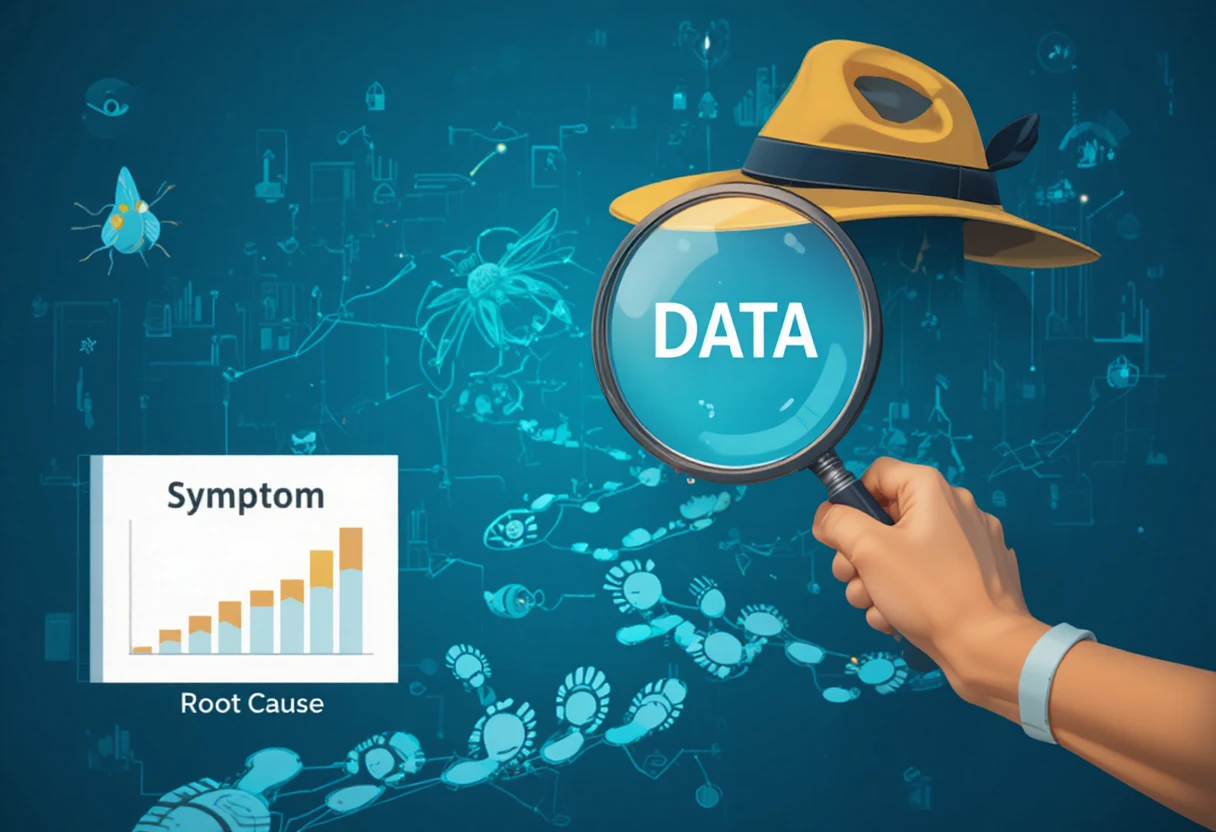Introduction
Artificial Intelligence (AI) is revolutionizing industries—from finance to healthcare to e-commerce. As AI becomes a core part of product strategy, the demand for Technical Program Managers (TPMs) who can lead AI product development is surging.
But managing an AI product isn’t the same as managing a traditional software project. It requires a different mindset, new collaboration models, and a solid grasp of both product and machine learning workflows.
In this blog, we’ll explore how TPMs can successfully break into AI product development, contribute meaningfully, and prepare for interviews that focus on this emerging domain.
Why AI Product Development Needs TPMs
1. AI Projects Are Inherently Cross-Disciplinary
AI products require coordination between:
- Data scientists and machine learning engineers
- Backend and frontend software developers
- Product managers, business stakeholders, and compliance teams
TPMs are the glue—facilitating alignment and momentum across these varied functions.
2. AI Products Have Unique Lifecycle Challenges
Unlike traditional features, AI models:
- Require large, often messy datasets
- Need iterative experimentation
- Can introduce unpredictable behavior in production
- Demand close attention to fairness, ethics, and explainability
TPMs must navigate these issues without derailing timelines or compromising quality.
Before the Interview: Learn the AI Product Development Flow
1. Understand the AI/ML Lifecycle
You should know the stages of:
- Problem definition and data acquisition
- Model selection, training, and tuning
- Evaluation and validation (precision, recall, AUC, etc.)
- Deployment via APIs or embedded features
- Monitoring and retraining
2. Identify Where TPMs Drive Value
Interviewers want to know how you:
- Coordinate data collection efforts across teams
- Set up milestones around model iteration and deployment
- Align product and engineering on accuracy vs. time-to-market
- Help manage labeling pipelines, data governance, and post-launch monitoring
3. Prepare Interview Examples Around Ambiguity
Expect questions like:
- “How do you manage model versioning and product rollout?”
- “How do you define success metrics for an AI-based feature?”
- “Describe a time when a model’s output didn’t meet stakeholder expectations—how did you respond?”
Use the STAR method and focus on leadership during uncertainty.
During the Interview: Show You Can Deliver AI Products at Scale
1. Talk Business Outcomes, Not Just Models
TPMs need to translate ML success into business impact. Be ready to explain:
- How improved accuracy led to better recommendations or fraud detection
- How you handled trade-offs between precision and speed
- How you phased AI releases to minimize risk and gather feedback
2. Communicate AI Constraints Clearly
Show that you can:
- Align stakeholders on what AI can’t do (yet)
- Set realistic expectations around model development timelines
- Advocate for model interpretability, especially in regulated industries
3. Show You Understand Infrastructure Dependencies
AI products require:
- Scalable inference pipelines
- Feature stores and data pipelines
- Model monitoring systems
You don’t need to build them—but you should understand their purpose and impact on delivery.
After the Interview: Continue Building AI Fluency
1. Follow Industry Trends
Stay up to date with:
- AI product launches from companies like OpenAI, Google, Meta, Amazon
- Emerging trends in Responsible AI, MLOps, and LLM (Large Language Model) integration
- Tools like LangChain, Hugging Face, and Vector Databases
2. Reflect on How You Communicated Your Readiness
Ask yourself:
- Did I show a structured understanding of AI product delivery?
- Did I explain technical topics clearly without overcomplicating?
- Did I frame problems in terms of user and business impact?
Break Into AI Product Management with KRACD.com
At KRACD.com, we specialize in helping TPMs transition into AI-driven product roles. Our programs include:
- Real-world AI case studies and delivery simulations
- Mock interviews focused on ML product launches
- Deep dives into the MLOps and AI tooling ecosystem
- Expert mentorship from TPMs leading AI transformation at top tech firms
Join KRACD.com today and lead the next generation of AI-powered innovation.
Conclusion
AI product development is one of the most exciting frontiers for TPMs today. With the right knowledge, communication skills, and program management instincts, you can play a pivotal role in shaping cutting-edge, intelligent products.
Start preparing today—and lean on KRACD.com for the expert support that turns ambition into impact.
FAQs
1. Do I need a background in machine learning to manage AI products?
No, but you do need to understand the ML lifecycle and how it differs from traditional software development.
2. What makes AI product management different for TPMs?
It involves more ambiguity, iterative development, and stakeholder education. You’re balancing science and engineering, not just product and code.
3. What tools should AI-focused TPMs learn about?
Familiarize yourself with MLFlow, SageMaker, LangChain, Vector DBs (like Pinecone or Weaviate), and monitoring tools like Evidently AI.
4. How do TPMs add value in an AI org?
They align stakeholders, manage risk, keep experimentation focused, and turn AI capabilities into real-world outcomes.
5. How can KRACD.com help me break into this field?
KRACD.com provides domain-specific interview prep, mentorship from AI-experienced TPMs, and case-based training to help you stand out in this competitive niche.

.jpg)

.jpg)

































.webp)








